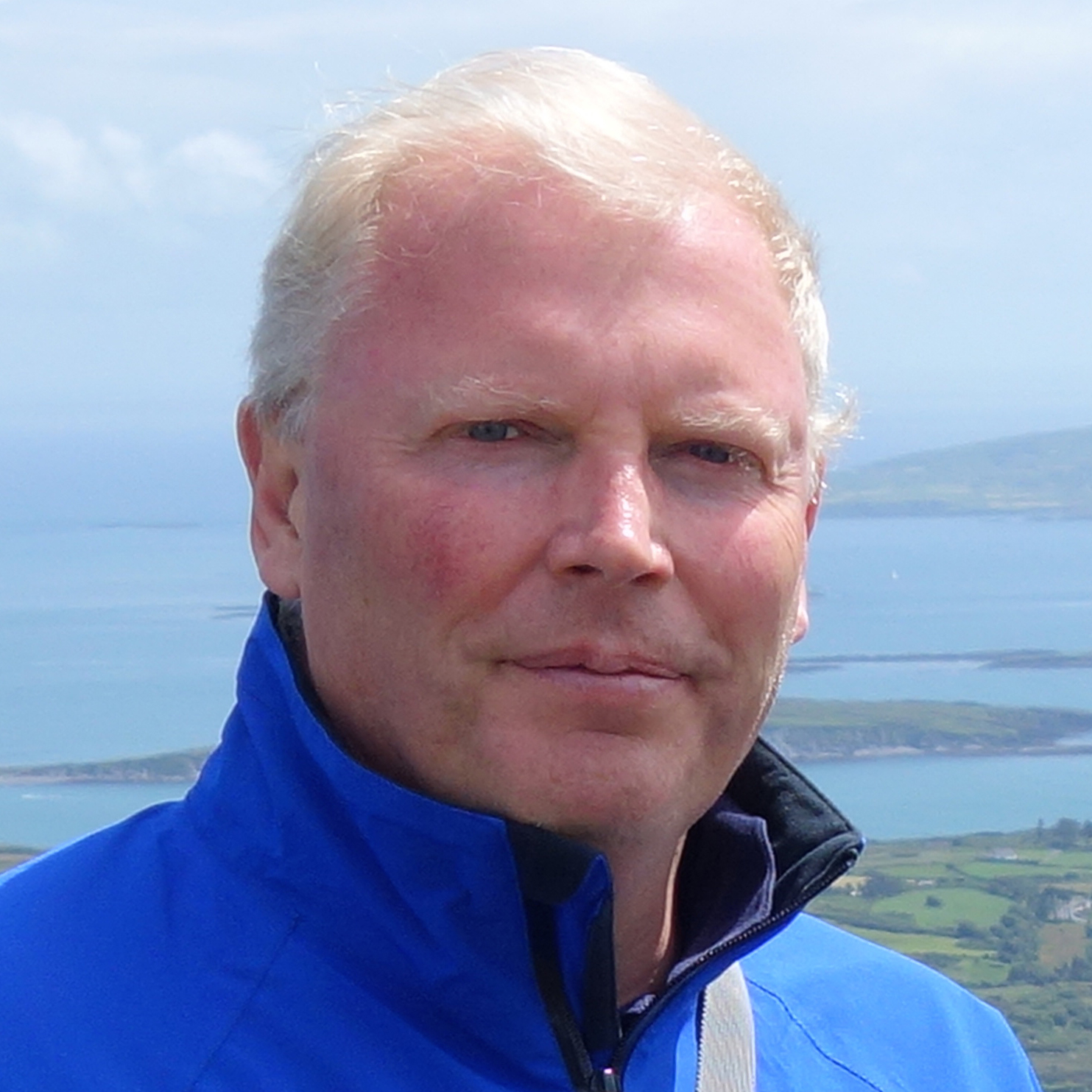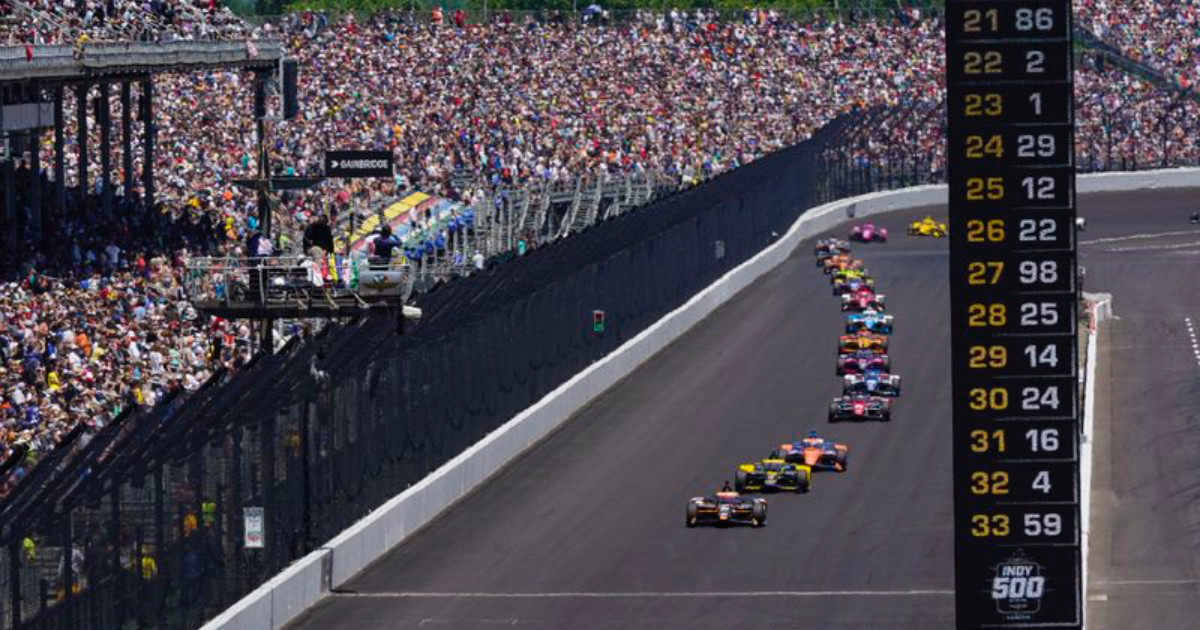
Traditionally held in May every year, the Indy 500 sees the world’s best drivers pound their open-wheeled racecars around the famed two-and-a-half-mile oval track at the Indianapolis Motor Speedway, nicknamed “The Brickyard.” This 200 lap race is an exercise in precision and endurance, and IMS Productions captured every minute of this year’s action.
In the spring of 2020, IMS Productions worked with Ross to install a Unified Venue Control Solution at the circuit. The refurbished production control room now features the Acuity production switcher from Ross. More than 47 different displays and screens inside the venue, including more than 30 new LED boards and the new Pagoda Plaza media board (over 100 feet long), are driven by the XPression Tessera and Carbonite Mosaic solutions for graphics rendering and image processing.
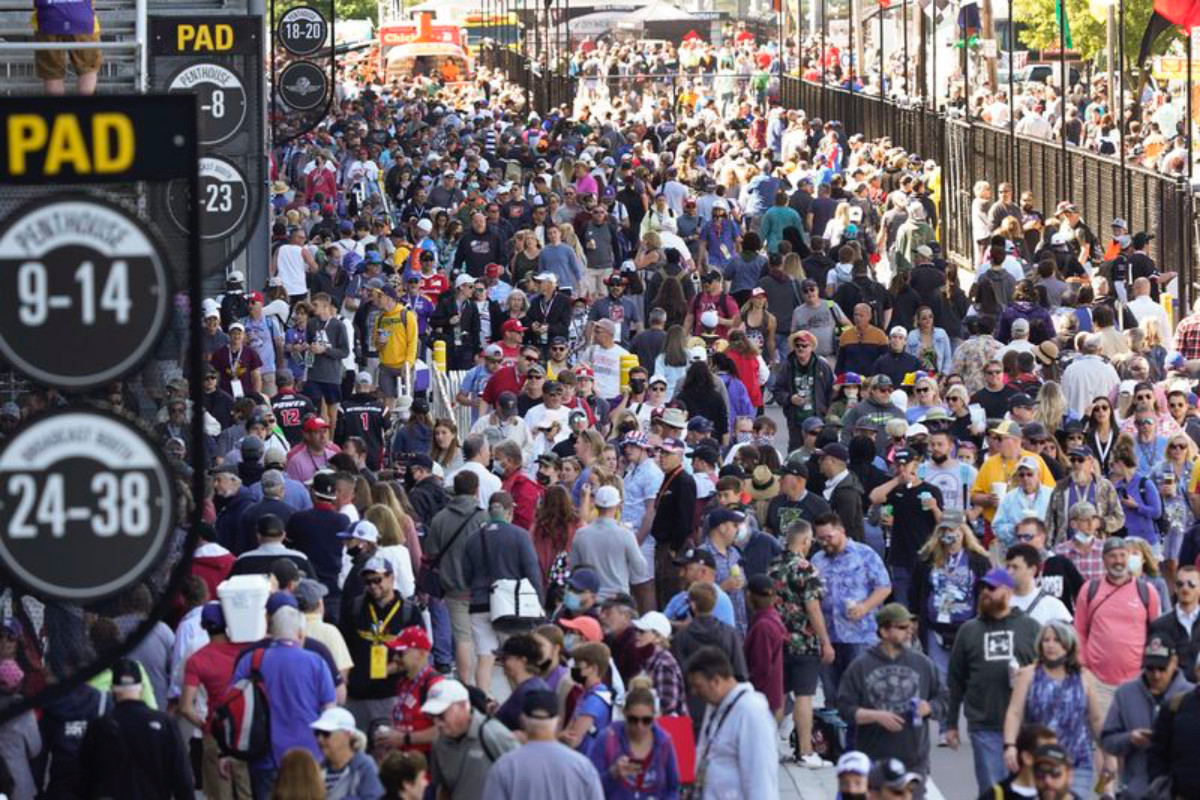
The entire system is operated using the DashBoard control platform, which includes custom control panels that have been designed specifically to manage the various onboard camera feeds from the cars.
With last year’s event delayed until August and then held without any fans present, the team at IMS and Ross were delighted to be back on the starting grid with over 135,000 spectators in attendance on May 30.
On a “Ross Live 2021” session, IMS Productions’ director of engineering Jason King and Ross Sports and Live Events Solutions specialist manager Andrew Lahey reviewed the new in-venue control system and how it rolled out at this year’s Indy 500 — which at the time boasted the highest live attendance of any sports event in the world in 2021.
“Well first off, the race track sits on about 600 acres here. So not only is it a massive space, but we’ve got to build about 100 cameras for the race.”
— Jason King
“Well first off, the race track sits on about 600 acres here,” said King. “So not only is it a massive space, but we’ve got to build about 100 cameras for the race. That includes about 225,000 feet of fiber that gets deployed, and we also integrate with our broadcast partners so there’s a lot of work that has to get done before we can go racing.
“The speedway is over 100 years old, and obviously, we’ve had a lot of older technology screens up at the race track for many years. And we recently decided we were going to double the number of screens. However, they were going to be different sizes. So we had everything from the pylon to the new massive Pagoda back screen, which is 100 feet by 20 feet, to all the other boards around the race track.”
“As any technical facility gets built over time, it starts to morph into something else. We needed a level-set, to control all of this and to give the audience at each screen the right aspect and the right view. So the Ross Acuity, Mosaic and Tessera Xpressions allowed us to create a seamless workflow for our production team, and it was the one-stop solution that we needed,” said King.
Custom Workflow for Pagoda Screen Feeds and Graphics
“On the control room side of things, the Acuity switcher has multiple MEs to allow the team feed four or five different program feeds to the boards or suites. And then downstream we have three Tessera Xpression SE systems to feed the 47 different boards, of all different sizes and shapes,” said Lahey.
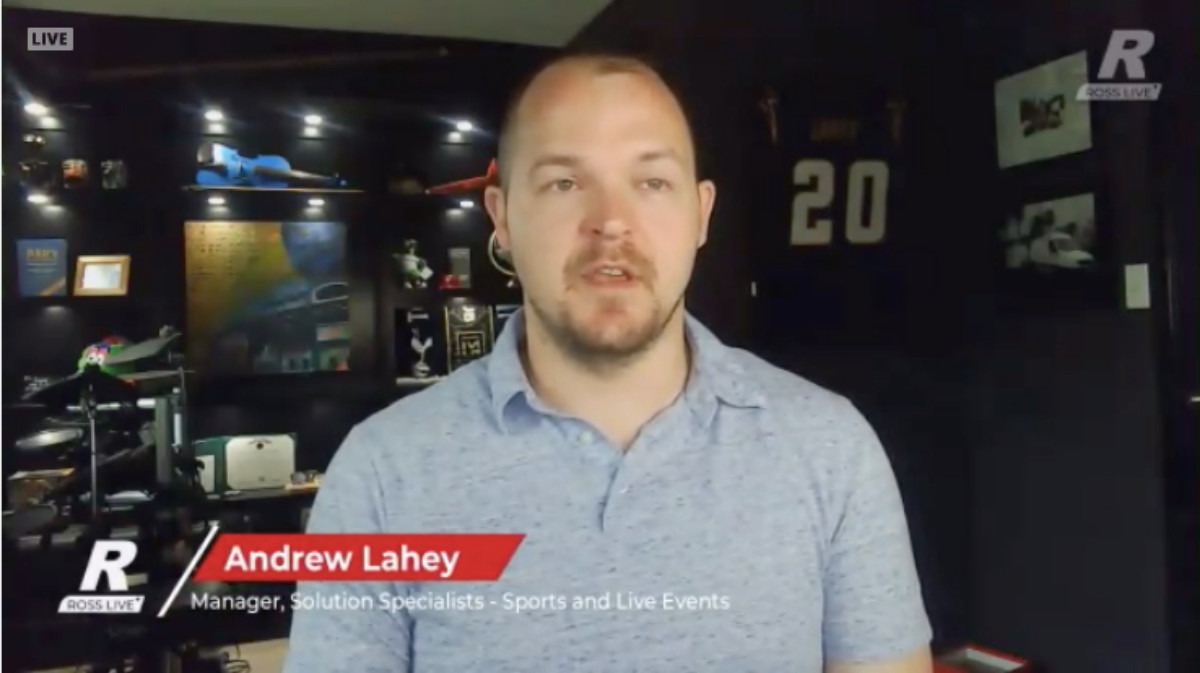
“The three Xpressions allow the team to operate with independent groups, but then also all together with the Dashboard control system. And then downstream of that they are all going through a Carbonite Mosaic processor to get the live program feed, in all its shapes and sizes, placed on the boards and have that low latency video for everybody in the facility.
“A custom panel board was developed to manage the on-board camera feeds, which was last minute! We had built up the control room and everything was working, and Jason and I got to talk about the Pagoda board and what that was going to look like, with the program feeds in the center and graphics feeds left and right. But then we wanted to have a live in-car camera feed on the right hand side, independent of what the broadcast trucks were doing.
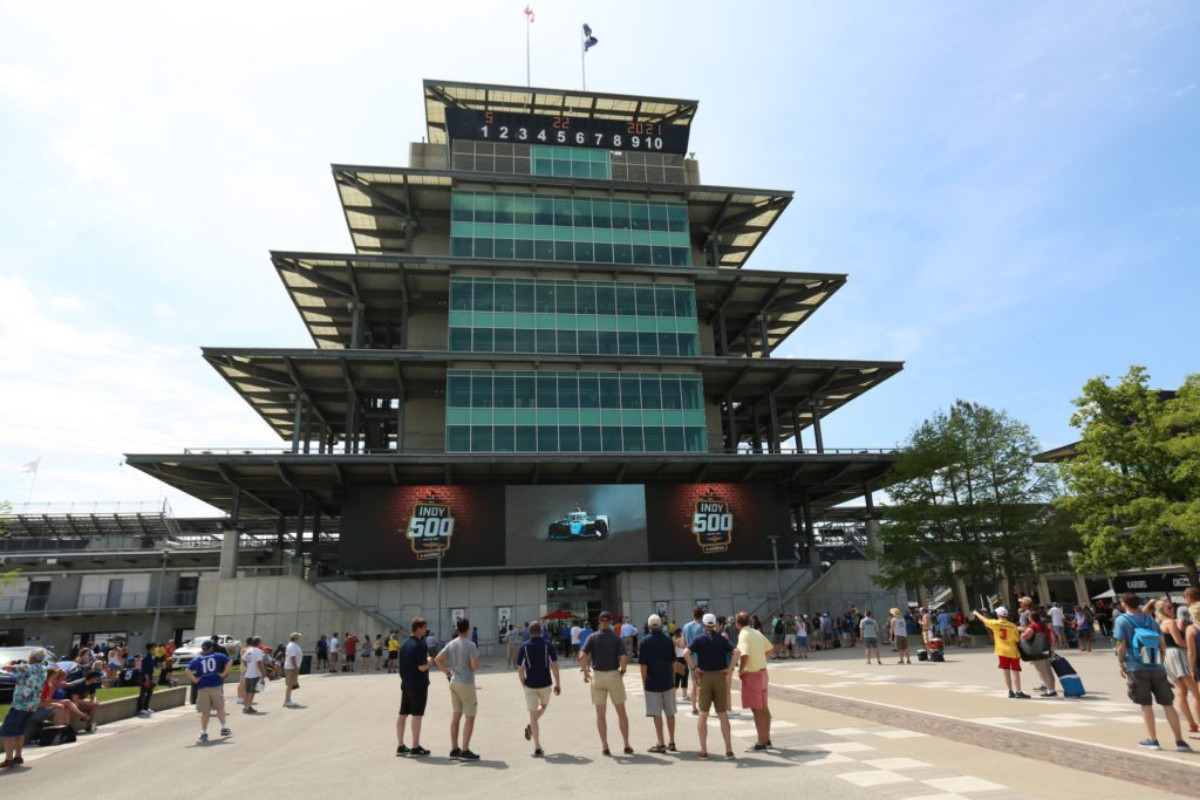
“So we devised a way to get a multi-viewer into Dashboard via an NDI feed and then create a touch panel that allows the operator to see every single in-car camera that the broadcast truck sees, and choose which one is live to that Pagoda board by just touching it and hitting Take. And when they do that it is also sending triggers to the Xpression Tessera system to change the graphics, the name and what data is around that in-car feed, to mesh into a cohesive workflow for that application,” said Lahey.
“It’s been a challenging year, and we were excited to have fans back,” said King. “There was some work that went into building the new system, getting the screens up, and developing this new workflow with Ross that we were just so proud to show our fans. It was really something special. I can’t wait for next year, when we can get the place completely full.”
“It was really something special. I can’t wait for next year, when we can get the place completely full.”
— Jason King
Having not driven an IndyCar competitively since August of last year, Brazil’s Helio Castroneves from Meyer Shank Racing became a four-time Indianapolis 500 winner on May 30. He took the lead for the final time on lap 199 and won his record-tying fourth Indianapolis 500 after a late-race duel with second-place driver Alex Palou. The race set a new record for the fastest running of the Indianapolis 500, with an average speed of 190.690 mph. This race also created a new record for having 30 cars still running at the checkered flag.
“We are thrilled to have fans returning to Indianapolis Motor Speedway, and the greatest spectacle in racing,” said IMS Productions senior vice president and executive producer Rich Feinberg. “Fans returning to the Speedway experienced upgrades and improvements throughout the facility highlighted by new video boards driven by our new Ross control room.
“The Ross solution gives us incredible flexibility and control, and the custom DashBoard panels allow us to go straight to wherever the action is happening on track, including our on-board camera feeds, and bring this perspective to our fans immediately. We can effortlessly move between live and pre-recorded content, giving everyone in the venue a seamless and engaging experience.”

